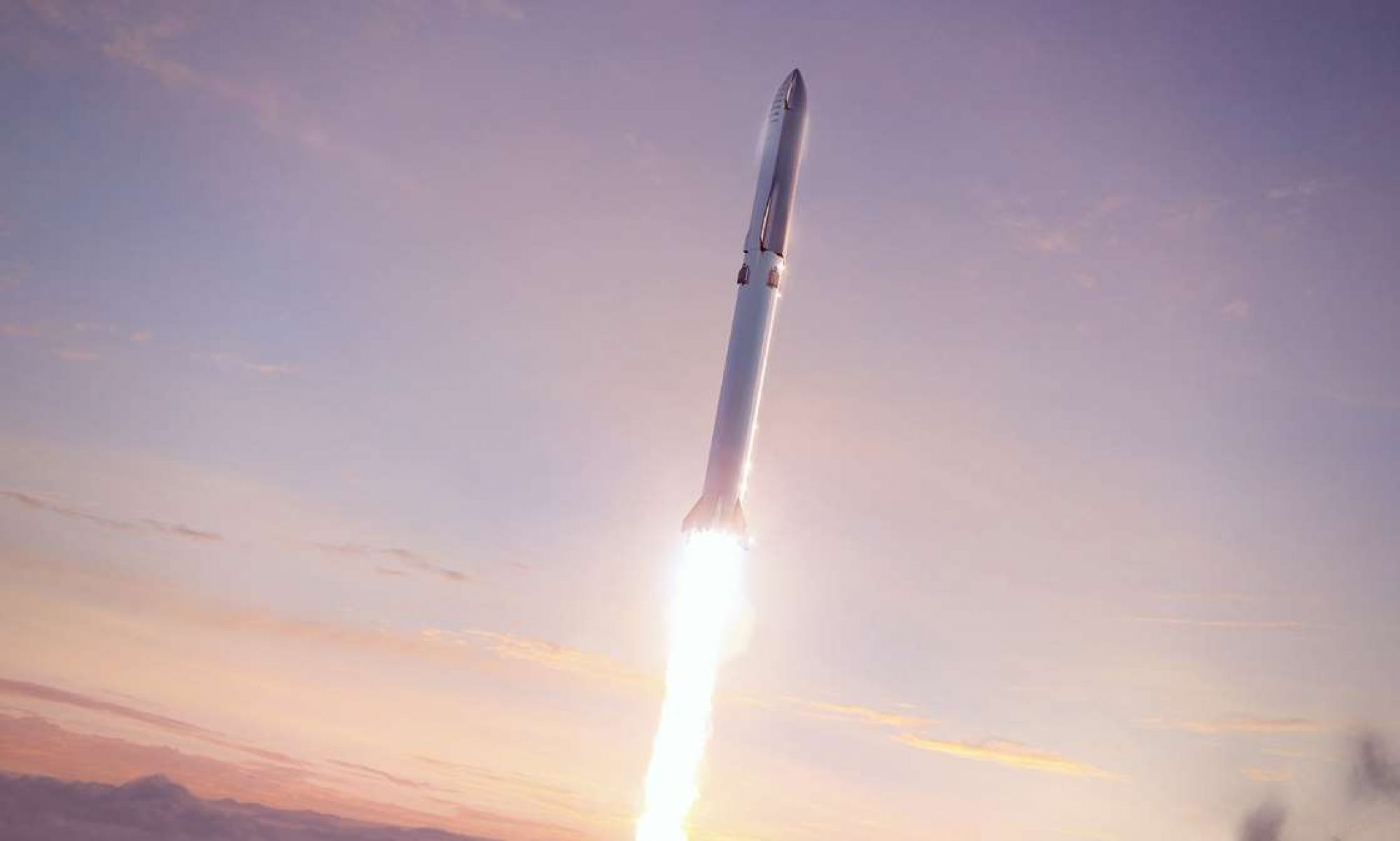The Centauri project: Manned interstellar travel
A plan from 1990 for an antimatter powered starship of gargantuan size. The starship is a “terraformed” asteroid, wrapped in a multi-layer artificial “sky”/Whipple Shield. With just ~100 people to start with, the thing must mass multi-million tonnes, all just to be nice and homey for the crew. Are such colossii really needed to carry humans to the stars? Other designs have appeared from time to time and appeal more to the claustrophile than the claustrophobe. Dana Andrews [1] estimates a toroidal starship 200 metres round, but only a few metres wide in its rim, might house ~20 people for a mass of ~200 tonnes. His vehicle uses a magnetic field and an electron stripper – a thin sheet of durable material perpendicular to the direction of travel – to protect againt the ISM and cosmic-rays. Space dust and neutral particles pass through the electron stripper, which ionizes them and thus allows them to be deflected by the magnetic field. The toroidal habitat is large enough for a mini-menagerie and dwarf trees, and provides a nice running track through the middle, though I do wonder how 20 people would manage in such a confined space for ~20 years of starflight. Yet if the first star-farers aren’t “Flatlanders” (to borrow Larry Niven’s phrase for Earthlings) but “Belters” who are used to space’s yawning void, then such a space might seem very homey indeed.
Ref:
[1] Andrews, Dana G., “Things to do While Coasting Through Interstellar Space”, 40th AIAA/ASME/SAE/ASEE Joint Propulsion Conference and Exhibit, Fort Lauderdale, Florida. AIAA 2004-3706.
